The Rendille people of northern Kenya, a proud Cushitic tribe, have long inhabited the climatically harsh region between the Marsabit hills and Lake Turkana. Their story is one of resilience, adaptation, and an unwavering connection to their ancestral lands. In this article, we will delve into the intriguing world of the Rendille tribe, exploring their traditional lifestyle, cultural heritage, challenges, and prospects.
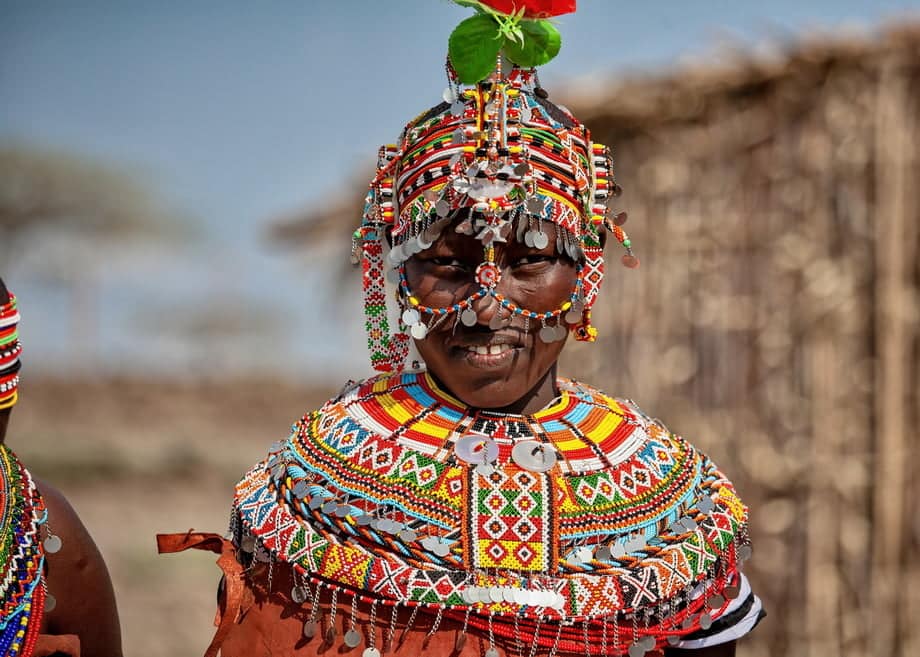
The Rendille Tribe
Nestled in the vast expanse of northern Kenya, the Rendille tribe stands as a testament to human endurance in the face of extreme environmental conditions. With their distinct language, customs, and way of life, they have carved a unique identity for themselves within the multicultural fabric of Kenya.
Geographical Location and Climate
The Rendille territory spans the rugged terrain between the Marsabit hills and the breathtaking Lake Turkana. This region is characterized by arid landscapes, scorching temperatures, and minimal rainfall. Yet, despite these unforgiving conditions, the Rendille people have adapted their lifestyle to thrive in this challenging environment.
Historical and Cultural Background
The history of the Rendille tribe dates back centuries, with oral traditions recounting their migration from the eastern shores of Lake Turkana. They are believed to have settled in their present-day homeland around 500 years ago. Over the years, the Rendille people have developed a rich cultural tapestry, blending elements of their Cushitic heritage with influences from neighboring tribes.
Traditional Lifestyle and Customs
The Rendille people lead a semi-nomadic lifestyle, herding livestock such as camels, goats, and sheep across vast distances in search of grazing lands and water sources. Their mobility allows them to adapt to the unpredictable climatic patterns of the region, ensuring the survival of their herds and their own sustenance. The tribe’s customs and traditions are deeply rooted in their nomadic way of life.
Social Organization and Family Structure
The Rendille society is organized into clans, each headed by a respected elder. These clans form the basis of social structure and serve as a support network for the tribe. The Rendille people value communal harmony and collaboration, which are essential for their survival in such a demanding environment. Family bonds are strong, and kinship ties play a vital role in their society.
Economic Activities and Livestock Herding
Livestock herding is the cornerstone of the Rendille economy. The tribe’s deep understanding of the land and their animals allows them to navigate the challenges of the arid landscape. The Rendille people have honed their herding techniques and developed strategies to preserve water sources and ensure the well-being of their livestock.
Art, Music, and Dance
The Rendille people possess a vibrant artistic culture. Their music and dance reflect their deep spiritual beliefs and serve as a means of storytelling and expression. The rhythmic beats of traditional instruments echo through the vast plains, captivating both the Rendille community and visitors alike.
Challenges Faced by the Rendille Tribe
The Rendille tribe faces numerous challenges in the modern world. Climate change, environmental degradation, and the encroachment of modern civilization threaten their traditional way of life. Limited access to education and healthcare further compound these challenges, putting the tribe’s future at risk.
Resilience and Adaptation
Despite the challenges they face, the Rendille people have shown remarkable resilience. They have adapted to changing circumstances while fiercely preserving their cultural heritage. Efforts to find sustainable solutions, such as community-led initiatives and collaborations with external organizations, are helping the Rendille tribe navigate the complex dynamics of the modern world.
Preservation of Cultural Heritage
The Rendille tribe recognizes the importance of preserving their cultural heritage for future generations. Elders pass down oral traditions, stories, and customs to younger members of the community, ensuring the continuity of their unique identity. Efforts are also underway to document and record their history, language, and artistic expressions.
Role of Education and Modernization
Education plays a crucial role in empowering the Rendille youth and equipping them with the skills necessary to navigate the modern world. Schools established in Rendille settlements provide education while also incorporating elements of traditional knowledge and culture. This balance allows the younger generation to embrace their heritage while embracing the opportunities presented by modernization.
Importance of Sustainable Development
Sustainable development is vital for the long-term survival of the Rendille tribe. Initiatives focusing on resource management, renewable energy, and water conservation are being implemented to ensure a more sustainable future. These efforts not only benefit the Rendille people but also contribute to the conservation of the region’s unique biodiversity.
Cultural Tourism and the Rendille Tribe
Cultural tourism offers a unique opportunity to showcase the Rendille tribe’s rich heritage and contribute to their economic well-being. Responsible tourism initiatives that respect the tribe’s customs and traditions can generate income, create employment opportunities, and foster cultural exchange.
Future Prospects and Challenges
The future of the Rendille tribe is intertwined with the challenges and opportunities presented by a rapidly changing world. Continued efforts to preserve their cultural heritage, adapt to environmental changes, and promote sustainable development will be crucial for their survival. Collaboration between the Rendille community, government agencies, and non-profit organizations can help address these challenges and secure a brighter future for the tribe.
The Rendille tribe stands as a testament to human resilience and adaptation in the face of adversity. Their deep connection to their ancestral lands, rich cultural heritage, and determination to overcome challenges make them an invaluable part of Kenya’s diverse tapestry. By embracing sustainable development, preserving their traditions, and promoting cultural exchange, we can ensure the survival and flourishing of the Rendille people for generations to come.
FAQs
1. What language do the Rendille people speak? The Rendille people speak Rendille, a Cushitic language that is unique to their community.
2. Are the Rendille tribe open to visitors and tourists? Yes, the Rendille tribe welcomes cultural tourism initiatives that respect their customs and traditions.
3. How do the Rendille people cope with the harsh climate? The Rendille people have adapted their lifestyle and herding techniques to survive in the arid landscapes, utilizing their deep knowledge of the land and their animals.
4. What are some of the challenges faced by the Rendille tribe? The Rendille tribe faces challenges such as climate change, environmental degradation, limited access to education and healthcare, and encroachment of modern civilization.
5. How can we support the Rendille tribe? Supporting responsible tourism initiatives, collaborating with non-profit organizations working in the region, and raising awareness about their unique cultural heritage

Exploring the Wonders of Amboseli National Park 2023
Amboseli National Park Amboseli National Park, a sanctuary nestled at the foothills of Mount Kilimanjaro, is a treasure trove of…
Read More
Kenya Tourist Visa Requirements 2023: Your Gateway to East African Adventure
If you’re planning an enchanting trip to the heart of East Africa, Kenya, Rwanda, and Uganda await your exploration. To…
Read More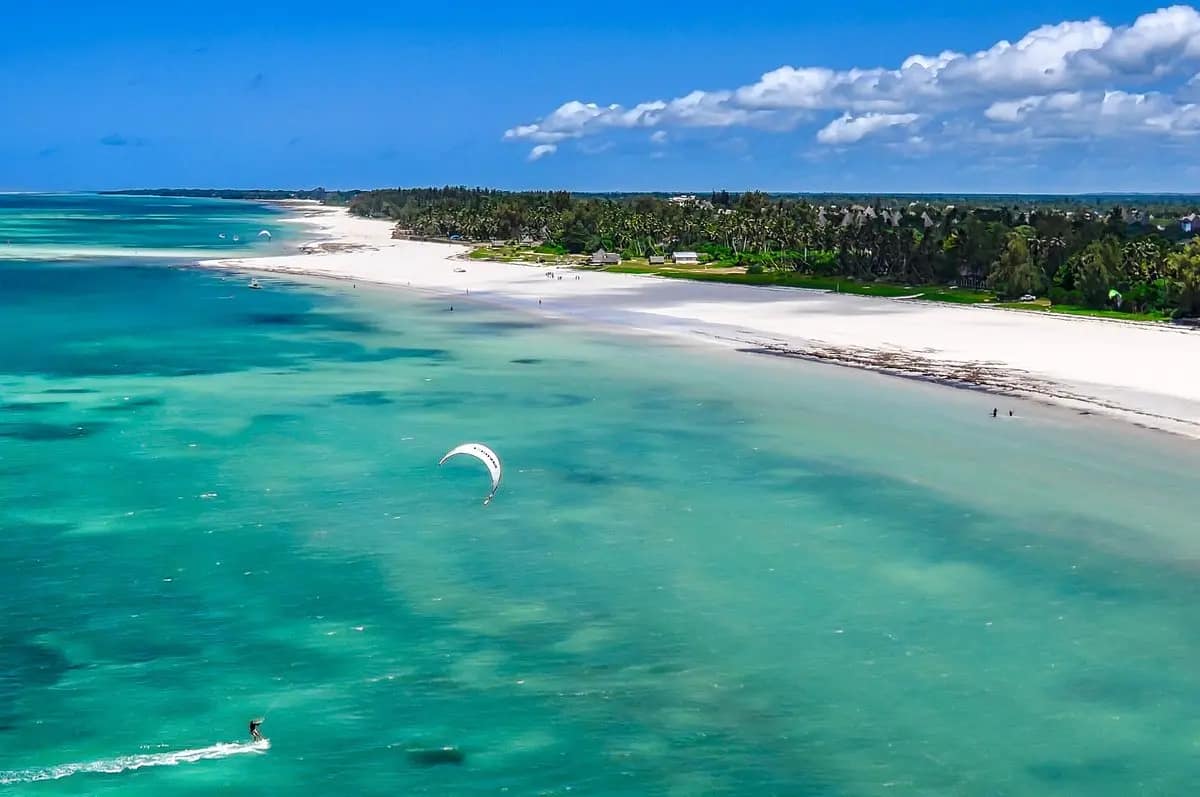
H2o Extreme Diani: A Thrilling Experience In Diani Beach Water Sports
H2o Extreme Diani Diani Beach, situated on the picturesque coastline of Kenya, is renowned not only for its stunning natural…
Read More
Hot Air Balloon Safari in Masai Mara: Explore The #1 Sky-High Adventure
Hot Air Balloon Safari When it comes to experiencing the wonders of the natural world, few adventures can match the…
Read More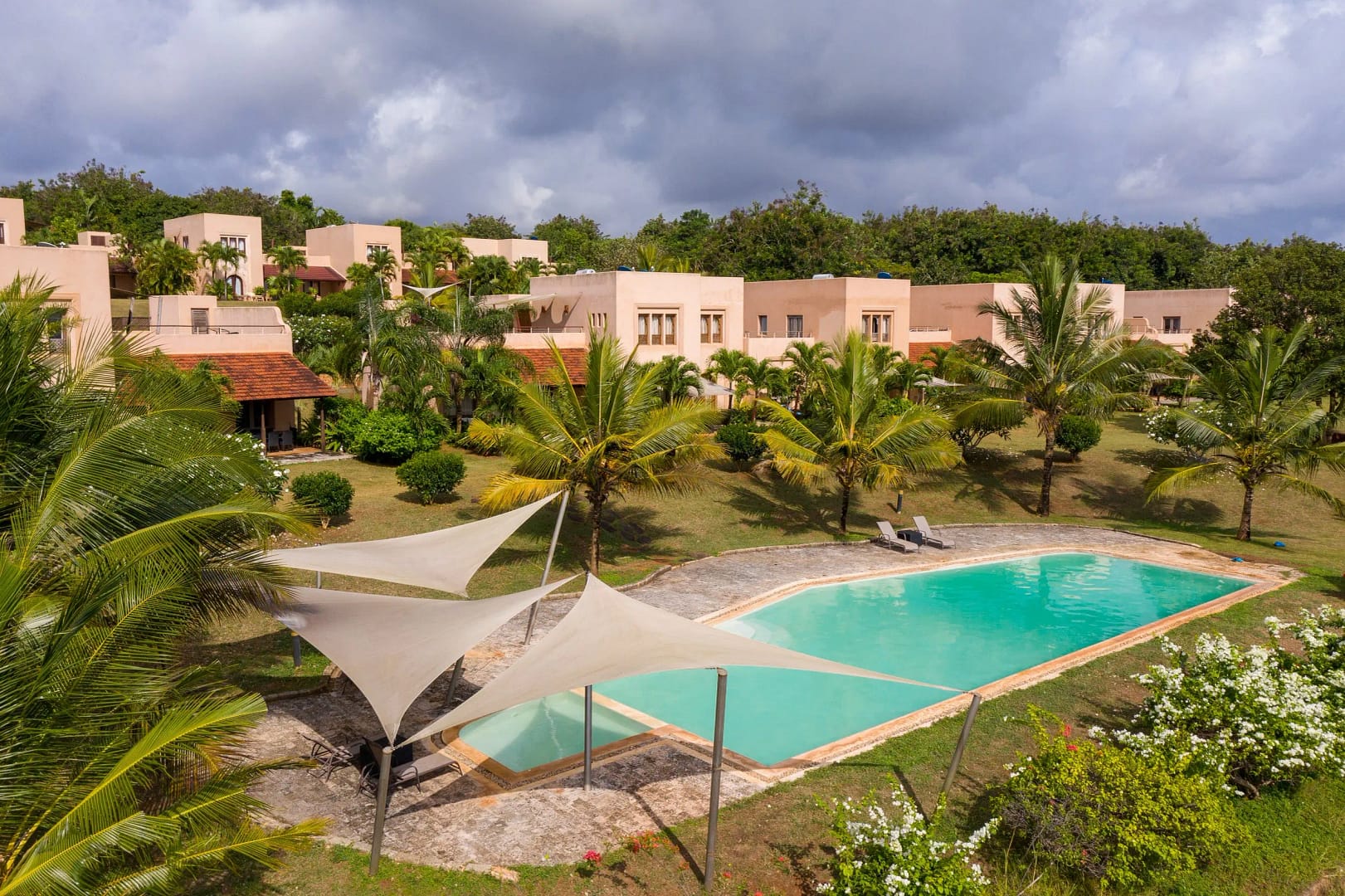
Vipingo Ridge: #1 Luxury Living At The Coast of Kenya
Vipingo Ridge In the heart of Kenya’s coastal paradise lies Vipingo Ridge, a haven for those seeking luxury living, relaxation,…
Read More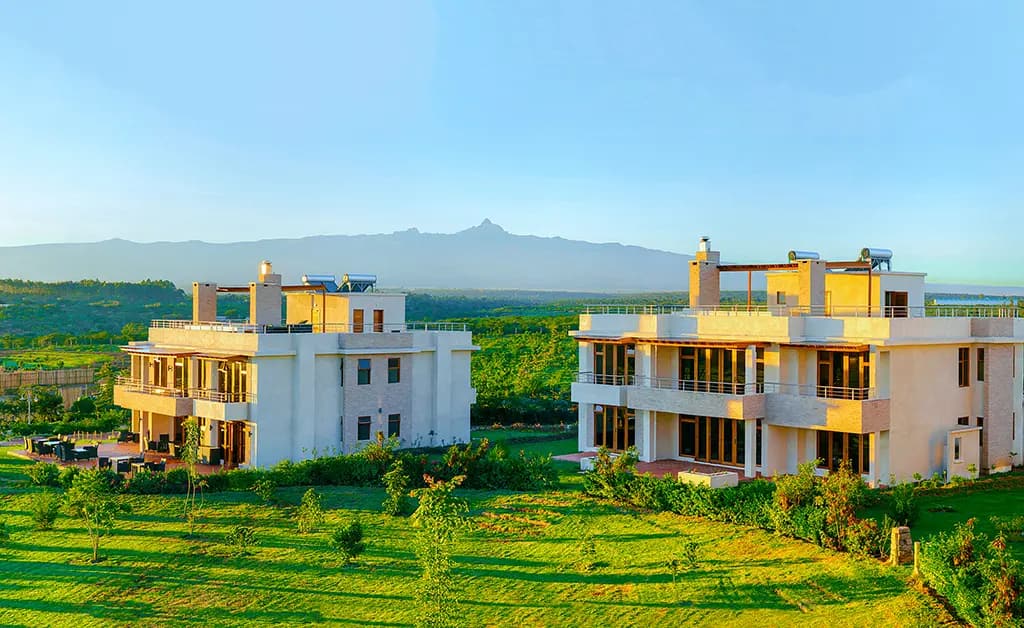
Maiyan Nanyuki: Exploring the #1 Beauty of Luxury Living in Kenya:
Maiyan Nanyuki Kenya, a land of breathtaking landscapes and rich cultural heritage, has long been a dream destination for travelers…
Read More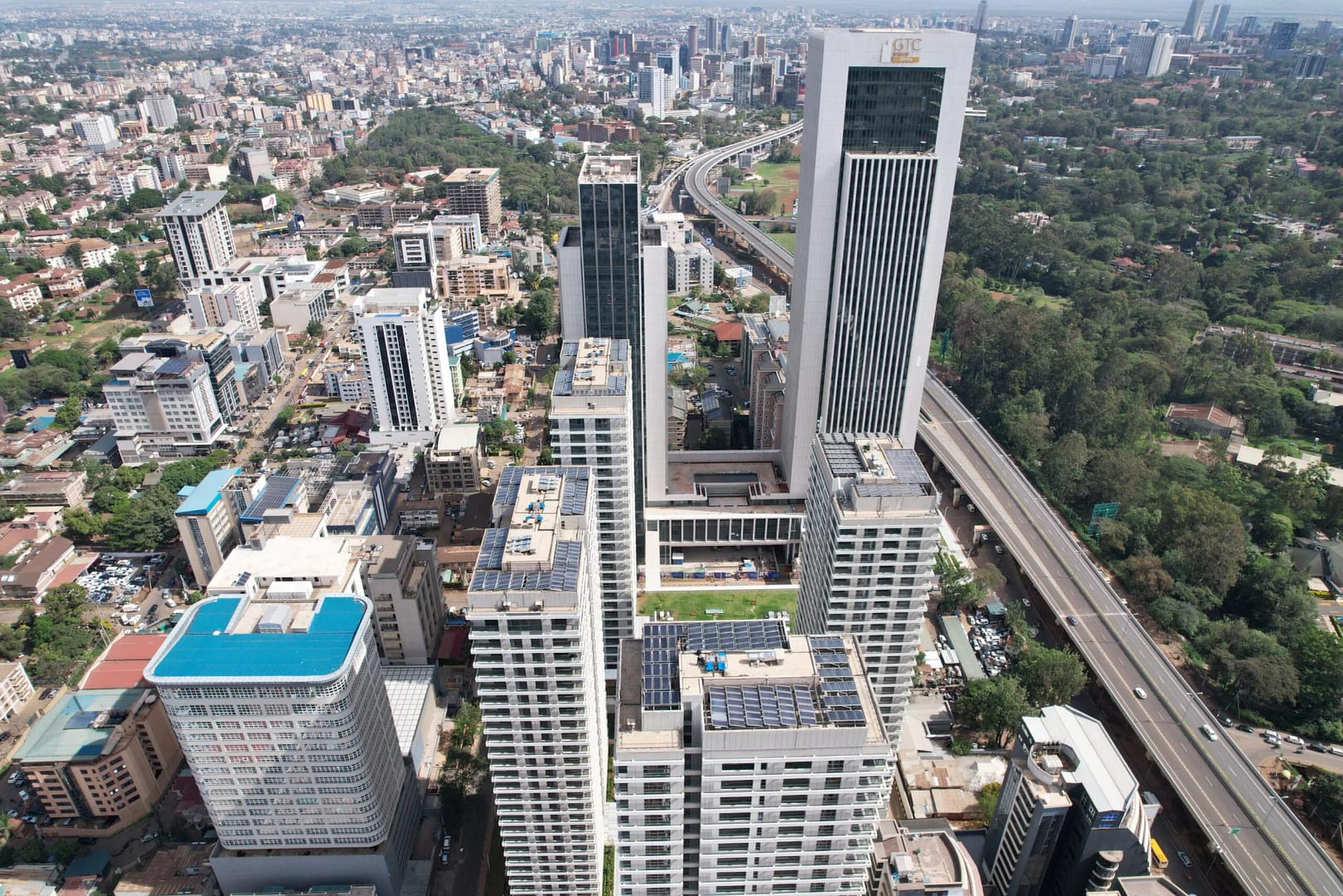
Luxury Living #1: Exploring Nairobi GTC Office Tower
In the heart of Nairobi’s vibrant Westlands neighborhood, a beacon of modern luxury living stands tall – the Nairobi GTC…
Read More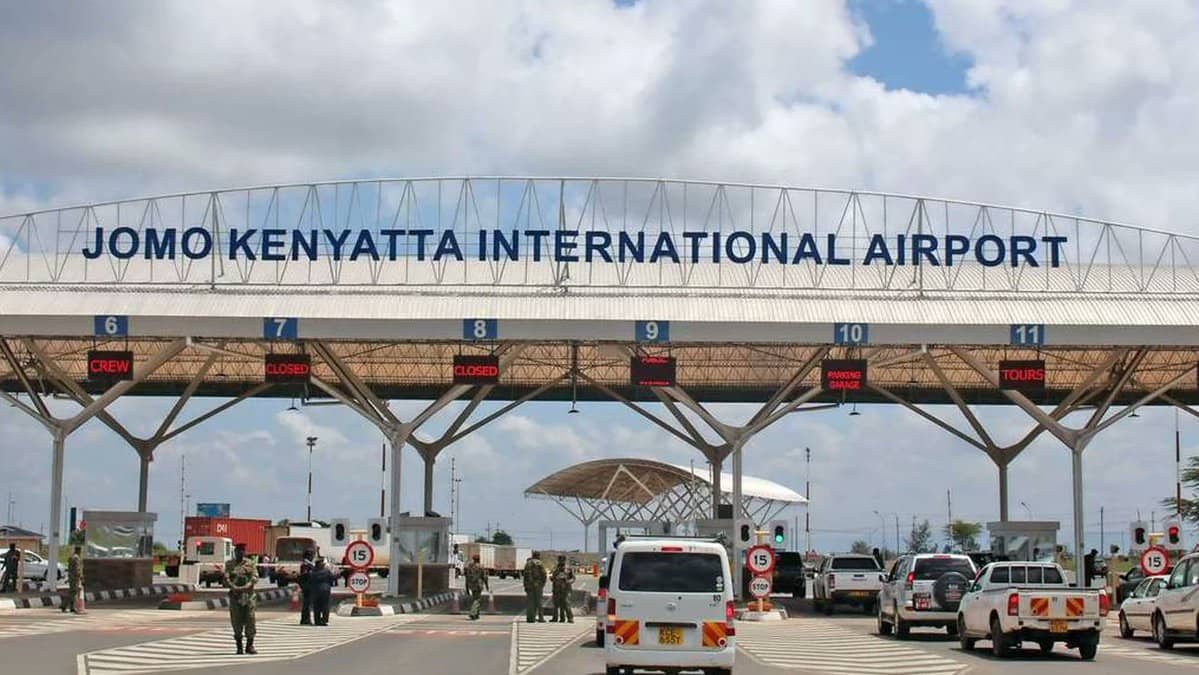
Luxury Accommodation Near JKIA Airport: #1Indulge Yourself in Comfort and Convenience
Luxury Accommodation Near JKIA Airport In today’s fast-paced world, where travel is an integral part of our lives, finding the…
Read More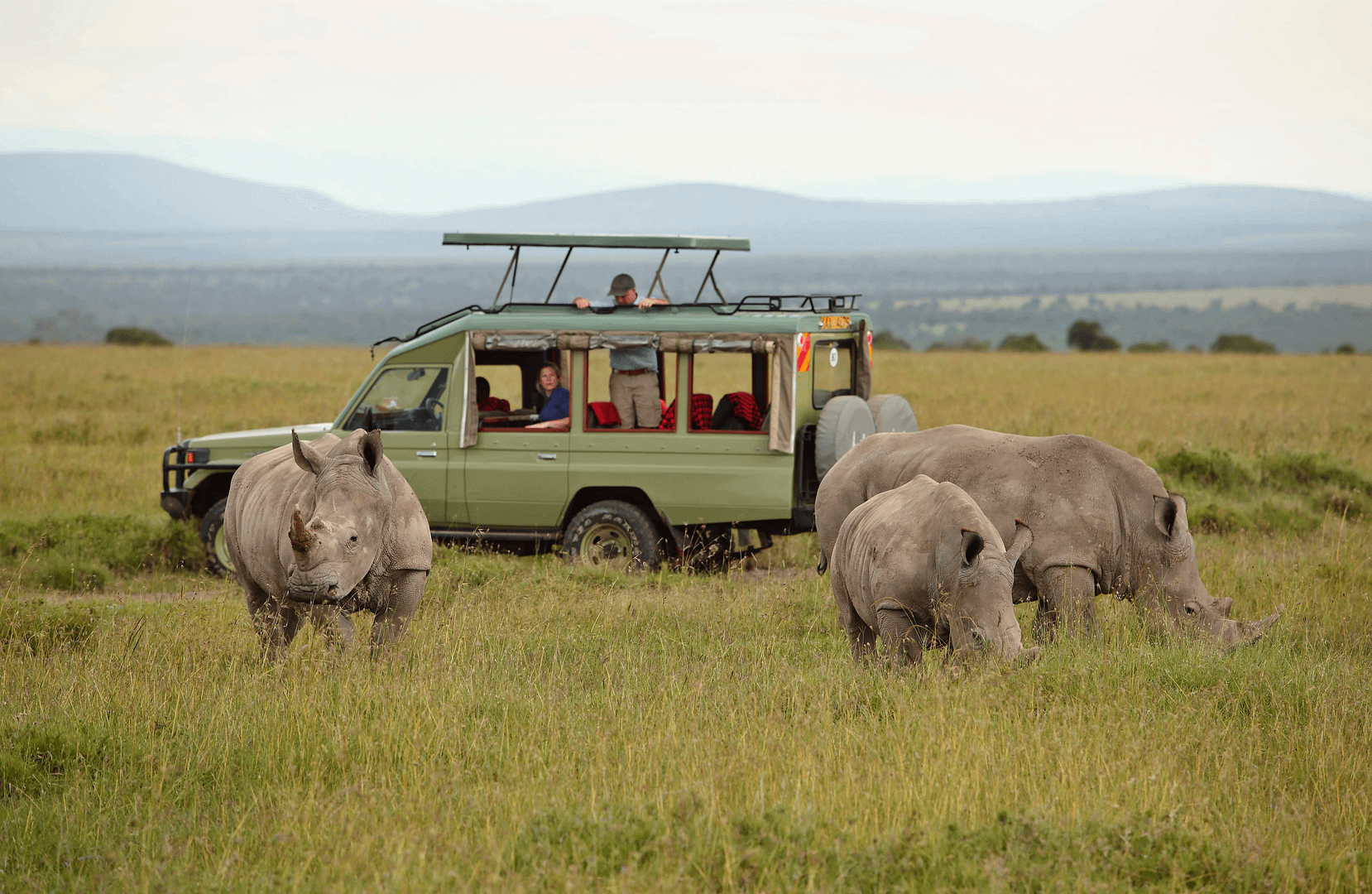
Big Five Safari Kenya: #1 Exploring the Wonders of the Wild
Big Five Safari Kenya When it comes to experiencing the untamed beauty of the African wilderness, few destinations can rival…
Read More
Birdwatching in Kenya: #1 The Ultimate Birder’s Paradise
Birdwatching in Kenya is a captivating and enriching experience that beckons both seasoned birders and beginners. With its diverse landscapes…
Read More
10 Best Hotels in Eldoret, Kenya: Welcome To The City of Champions
10 Best Hotels in Eldoret Welcome to Eldoret, a vibrant and growing city in Kenya’s Rift Valley, known for its…
Read More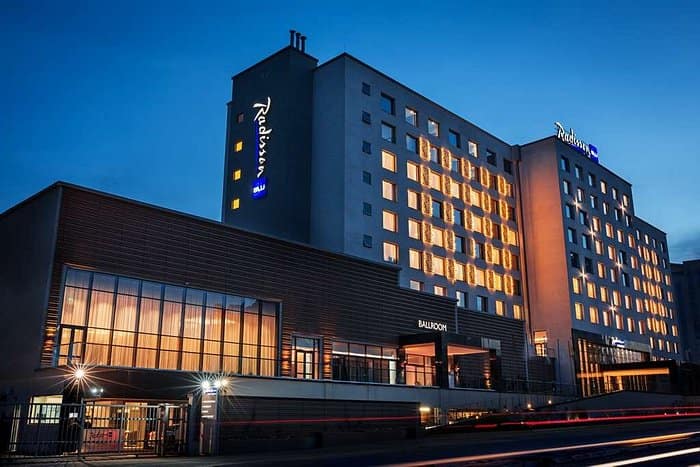
Radisson Blu HotelNairobi: #1 The Perfect Business Hub in Kenya
In the bustling heart of Upper Hill, Nairobi’s thriving business district, lies the Radisson Blu Hotel, Nairobi Upper Hill—a haven…
Read More


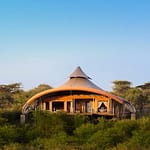
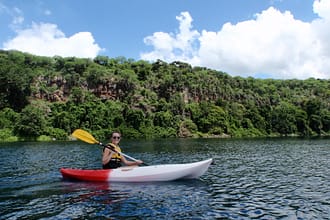
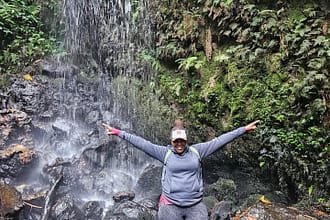
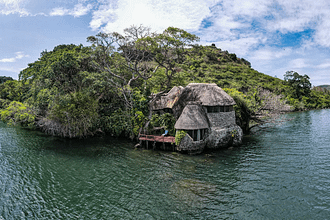
2 Comments